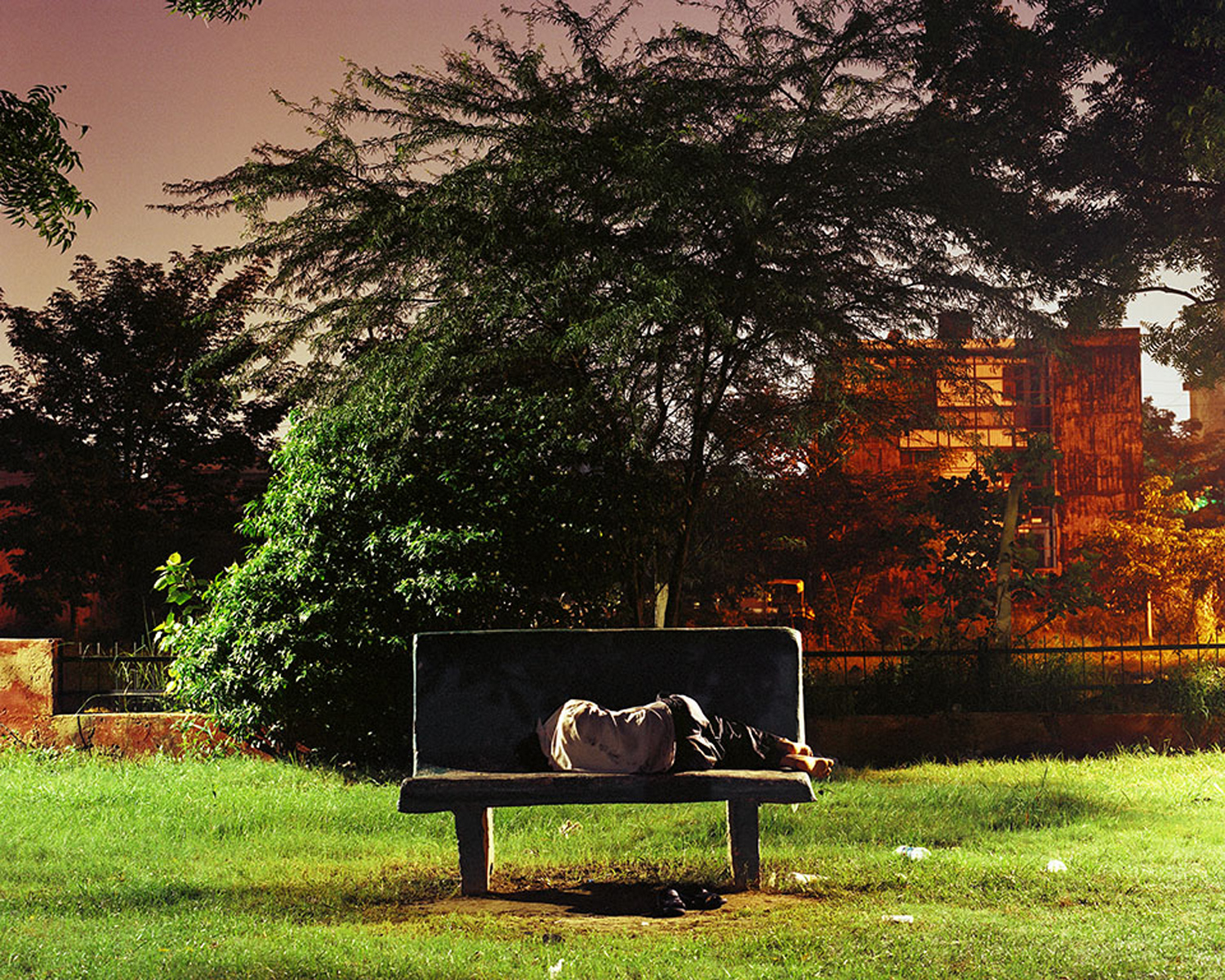
Dhruv Malhotra’s series on people sleeping amidst the late-night glare of urban spaces first caught the attention of the photo world at the last Brighton Photo Biennial, curated by Martin Parr. Since then, he has upcoming shows in Canada and San Francisco. An insomniac, Malhotra says he finds the night more attractive than the day. After dark, he roams empty streets, looking for sleeping forms in empty public spaces.
Malhotra, now living in New York City, grew up in Jaipur, and was living in Noida, a suburb of New Delhi, after graduating with an economics degree when he started the project. He talks to TIME about his inspirations, how he finds his subjects and where he sleeps.
How would you describe your work to someone?
It usually depends on who, but one of the things I say is that I’m a night photographer. I’m interested in certain kinds of space, urban or semi-urban, and inhabiting a poignant borderland of sorts. My work investigates issues of urbanity, modernity, progress and the otherworldly.
When did you take the first sleeping photo, and when did you know it was a project?
I took the first Sleepers photo in early 2008 while I was working on another project. It was a long time before I realized—around late 2009—that with Sleepers, I had another project. Ongoing, distinct and yet coming from the one I was working on earlier.
Are these people all poor, or are they from all different classes?
Poor is a loaded word. Going by the western definition of it, quite a few, though certainly not all, might qualify. They are definitely people from different socio-economic classes.
Largely, these people are not homeless. Sleeping under open skies is a common custom in India. Many of these people are guards who must sleep outside. Others are migrant workers who prefer to sleep near their place of work. Some just prefer to sleep outside, to keep watch over their property, or to get out from the stifling heat indoors.
Do you consider yourself socially conscious?
Social is a rather large arena. I’m very poignantly conscious of some aspects of it. The built urban environment, the interaction of urban spaces to themselves, to man, and to nature. The pattern and design of urban space has always held me captivated. My work, on many levels, deals with my reaction to and interpretation of the space around me.
How do you find your sleepers?
There are a set of strategies I use. I remember places where I see possibilities and go back to them at night with my camera. I drive around a lot, looking for pictures. Walking helps me find more images. I also travel to other familiar cities and drive around with my camera.
I’m attracted to open spaces where a lot of people prefer to sleep. There are also sites which are conducive to sleepers. When photographing, I’m looking for spaces where the human figure and the urban environment are in synthesis and form a symmetry with each other.
Where do you draw inspiration from?
From many things: literature, music, films, and my life. I’m a voracious reader, and read everything from sci-fi/fantasy to non-fiction, with a solid dose of photography thrown in for good measure. One of my favorite authors is Steven Erikson. His Malazan Book of the Fallen series is one the best works of writing I’ve ever come across.
What projects or exhibitions do you have in the pipeline?
I’ve been making new work since coming to New York, exploring a different direction in my practice and I recently exhibited a few pictures from it as part of the Photo Global program at the School of Visual Arts. Some images from Sleepers will also be on show in Canada and in San Francisco later this year.
June will see me returning to India for a few months; and I’m excited to go back and continue working on my un-finished projects.
Do you ever sleep outside?
When I was younger, I would sleep on the terrace in the summer. Back when I was living in Noida, I would occasionally sleep on the balcony when there was a long power failure—there were many in the summer.
These days, I sleep outside when I go camping. But as an everyday matter, even though I don’t sleep much, I usually sleep indoors in my bed.
—Deirdre Van Dyk and Paul Moakley
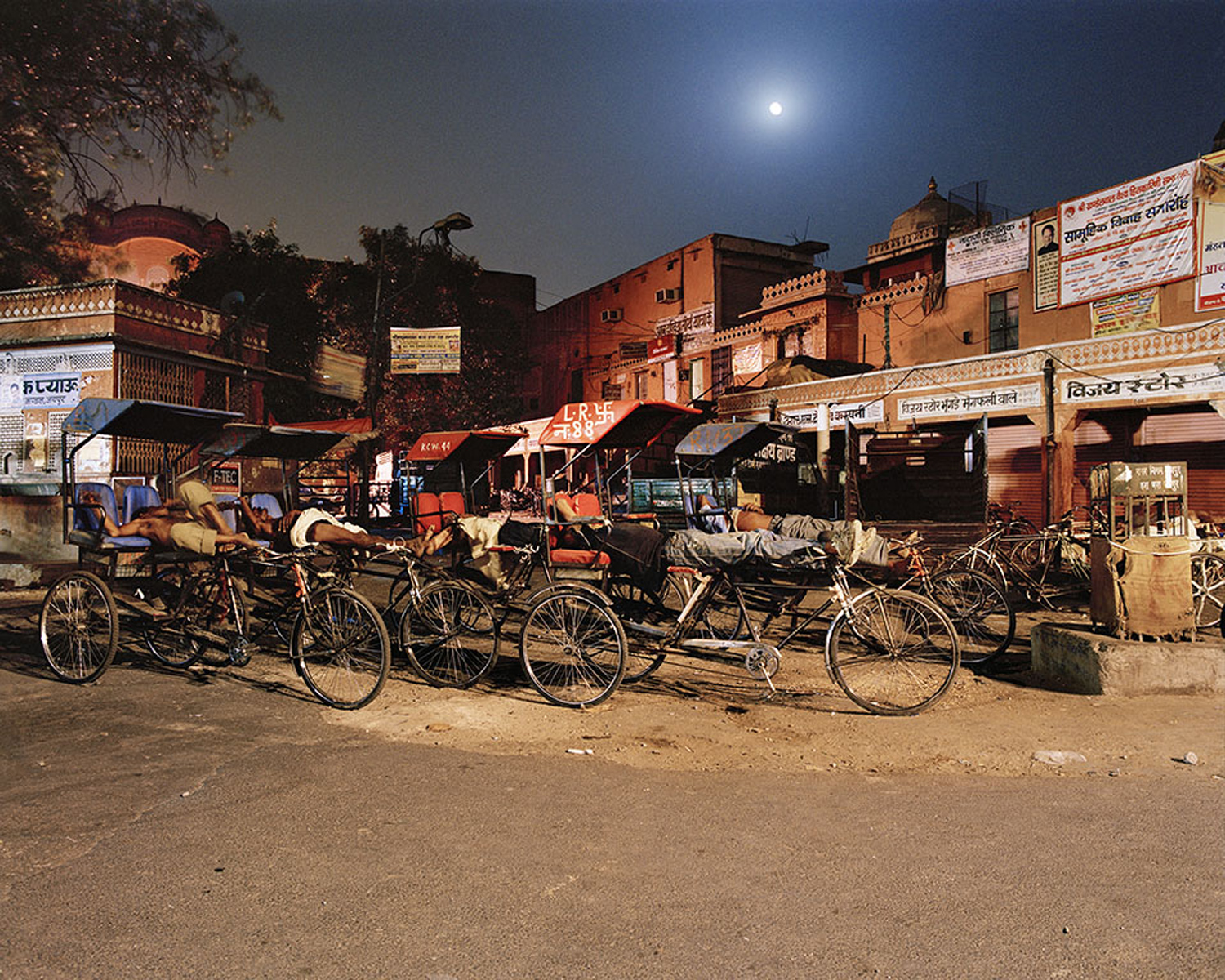
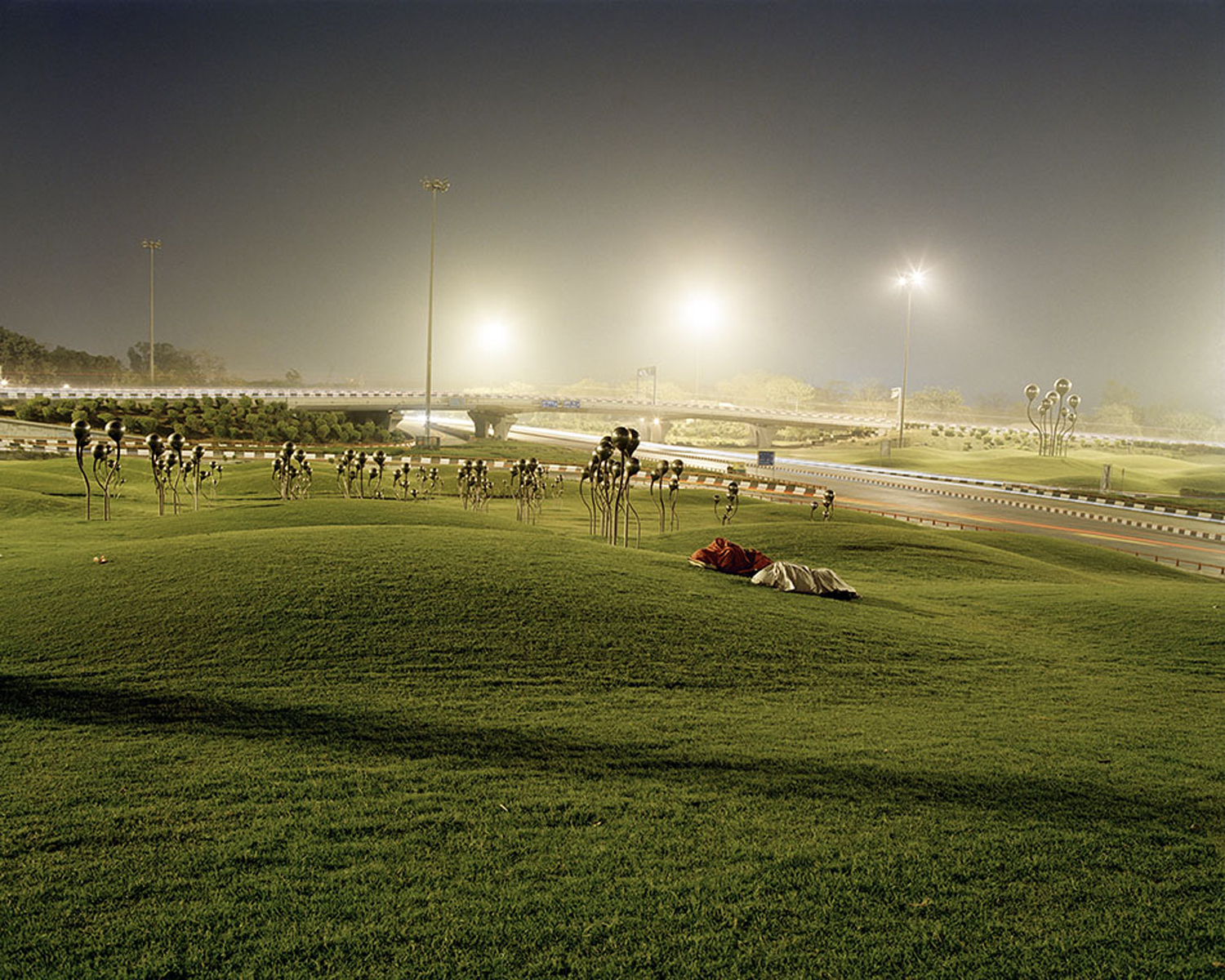
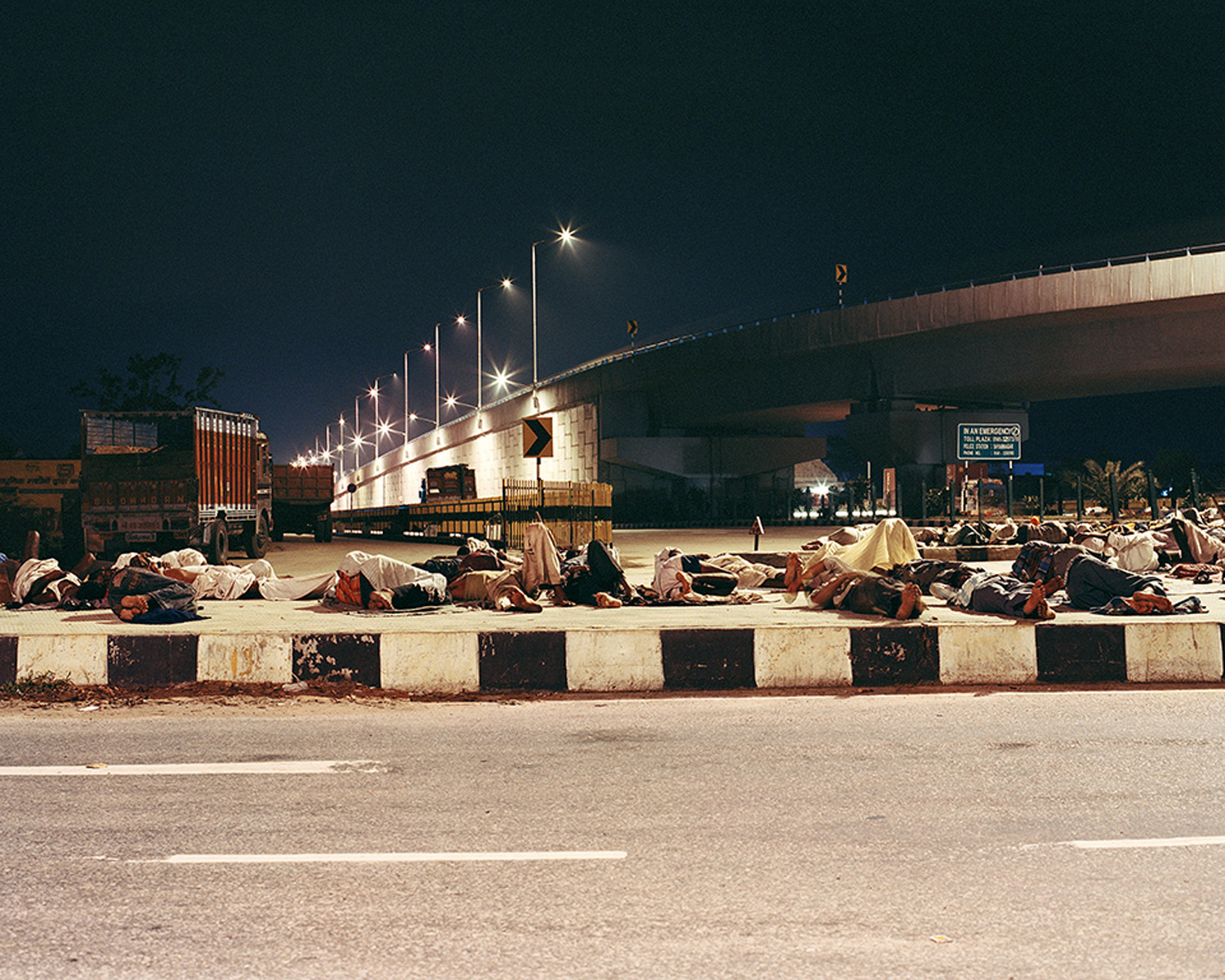
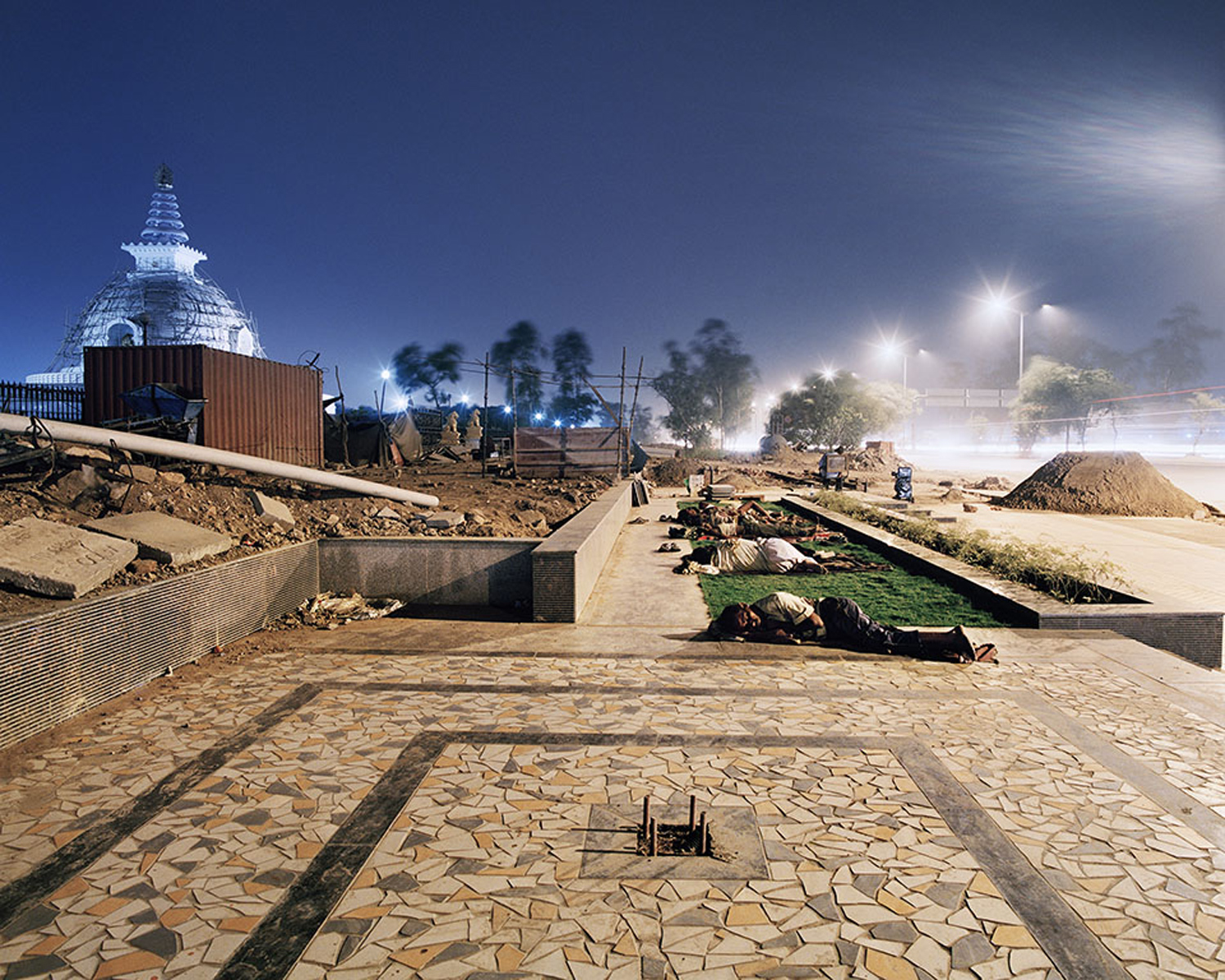
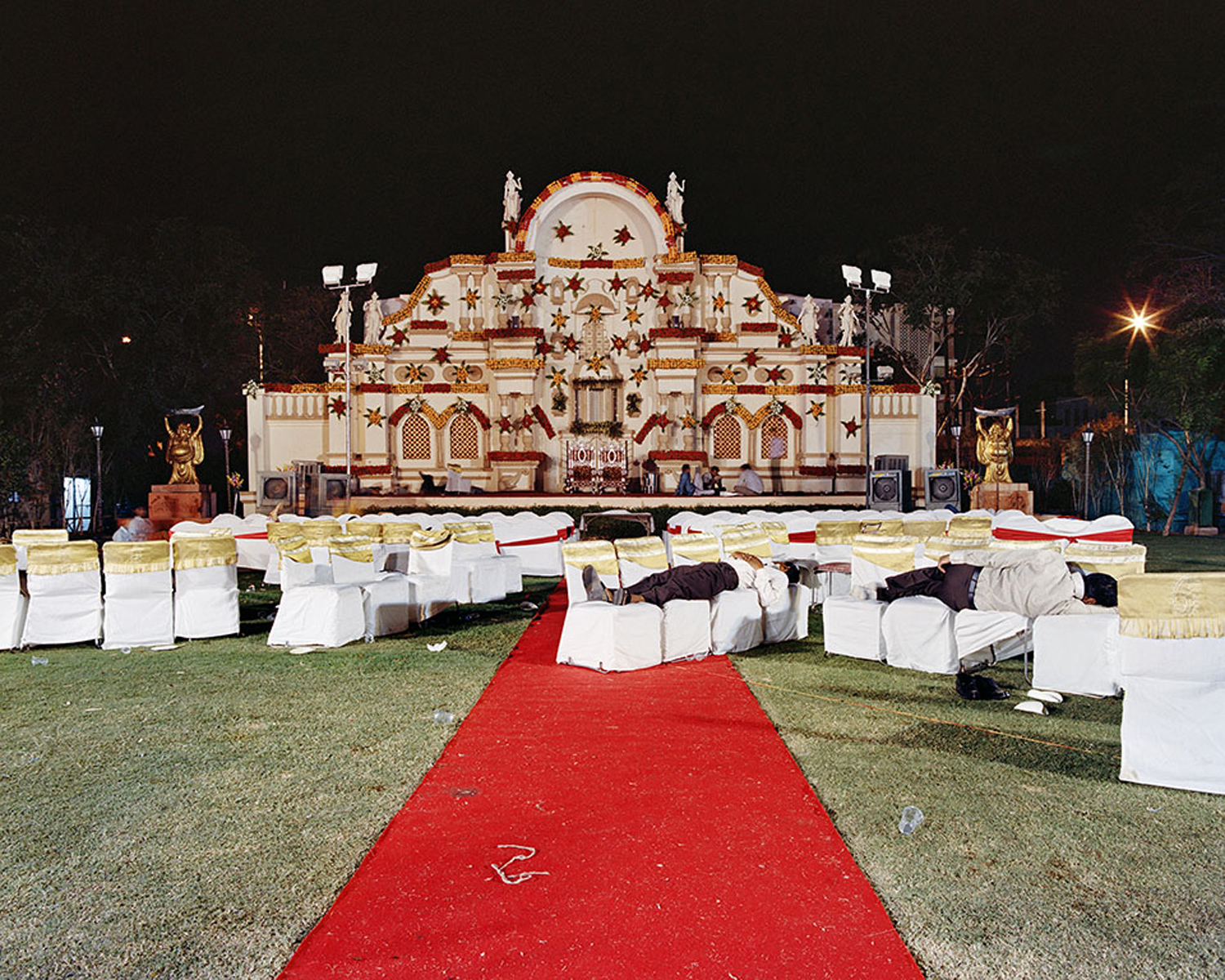
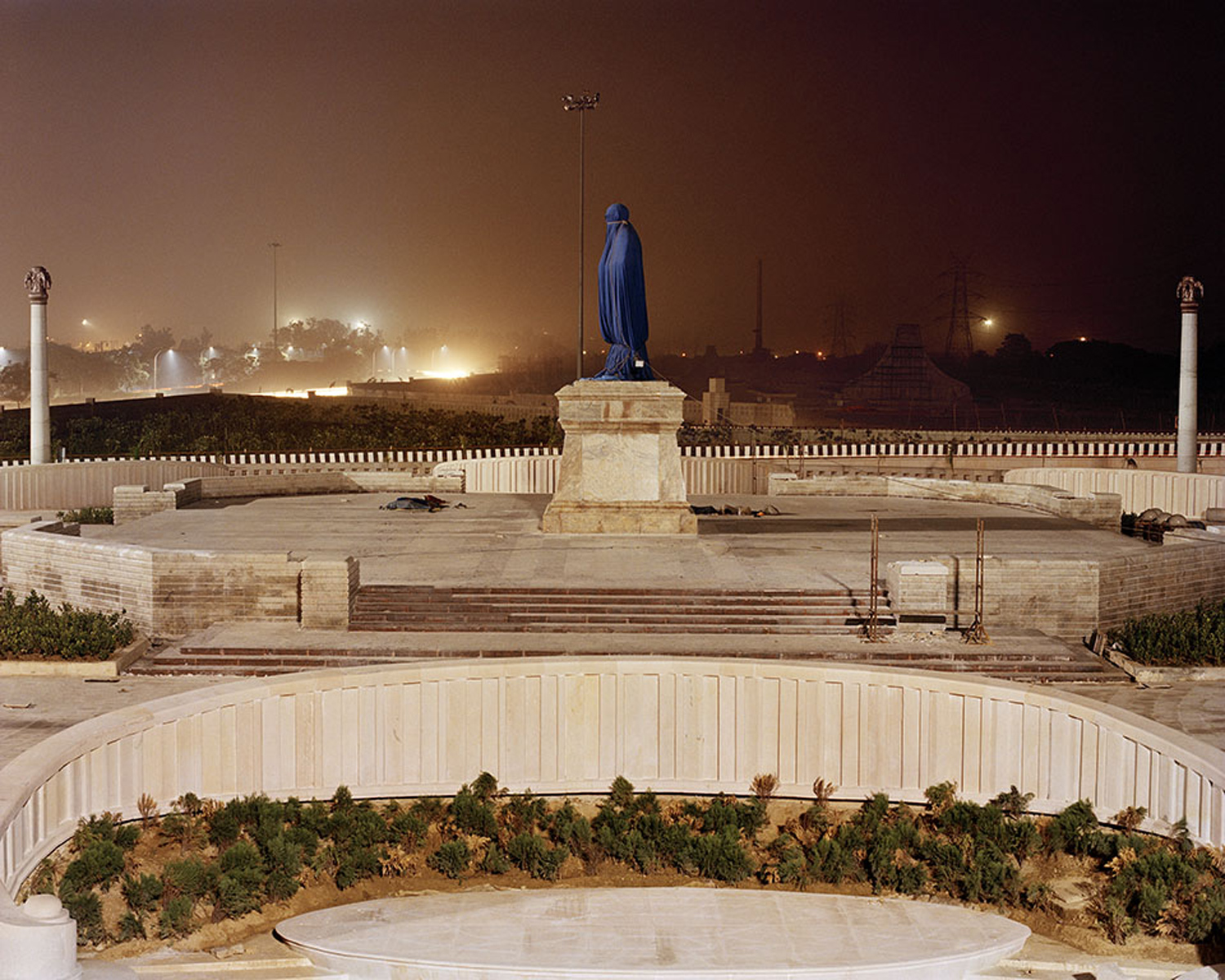
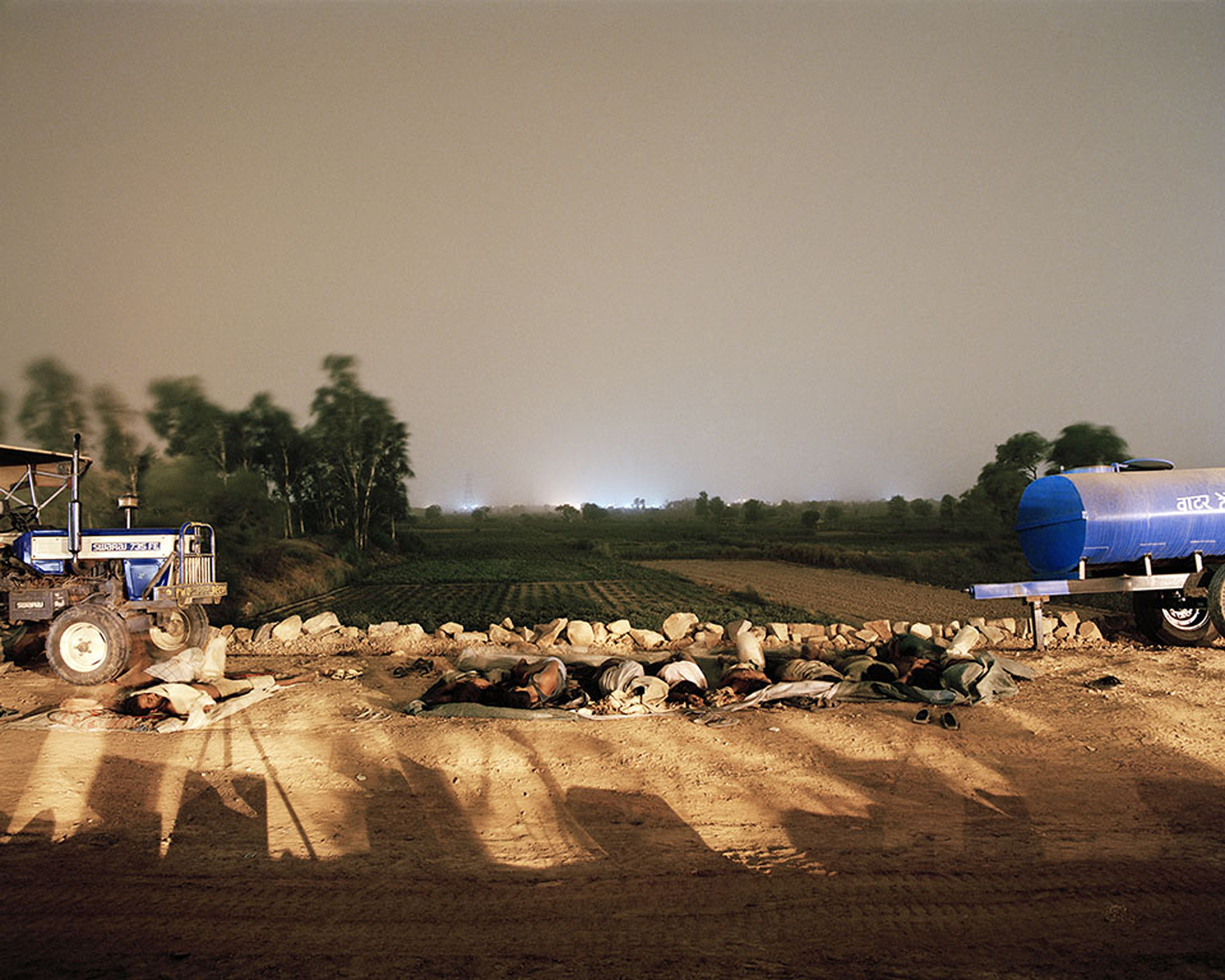
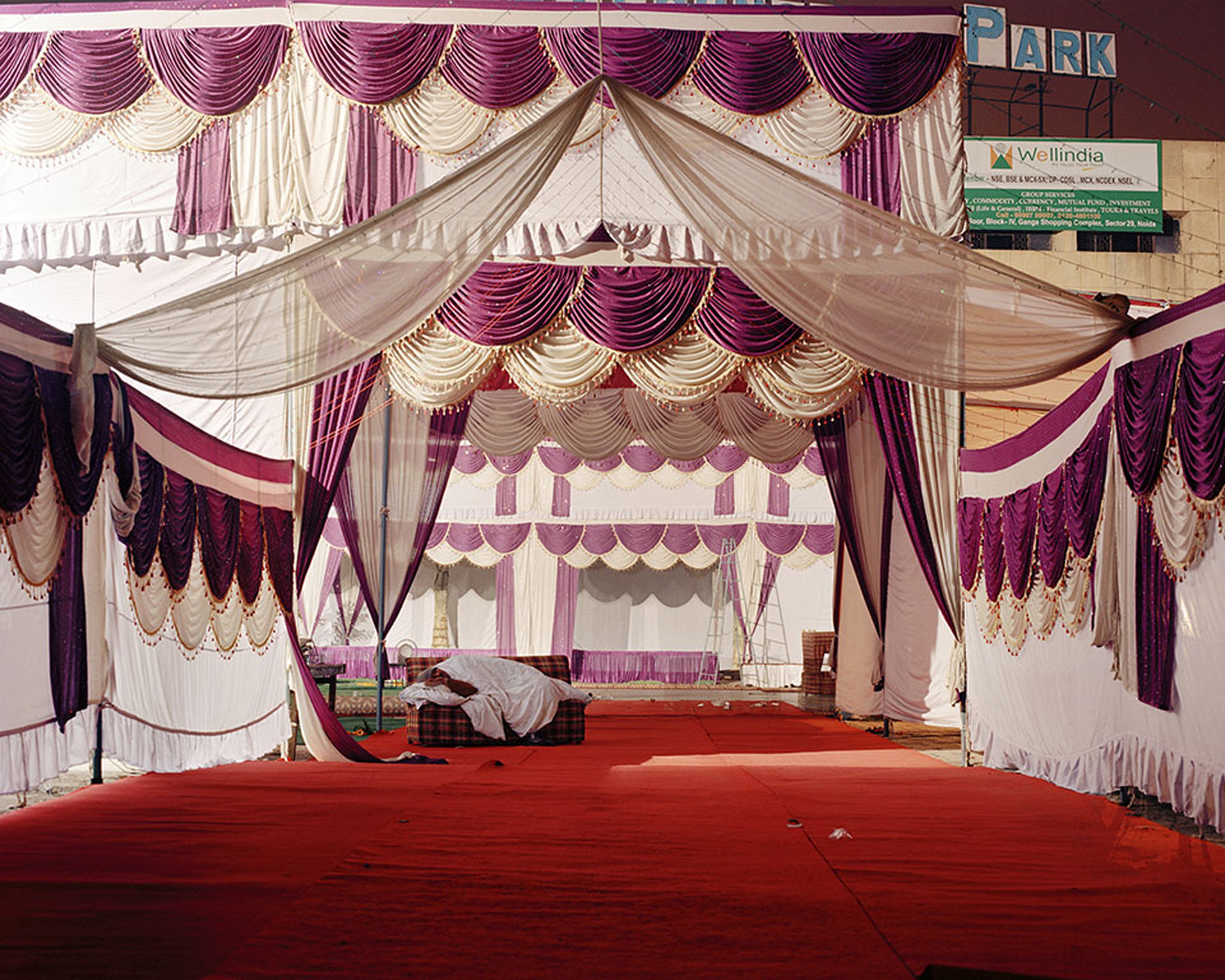
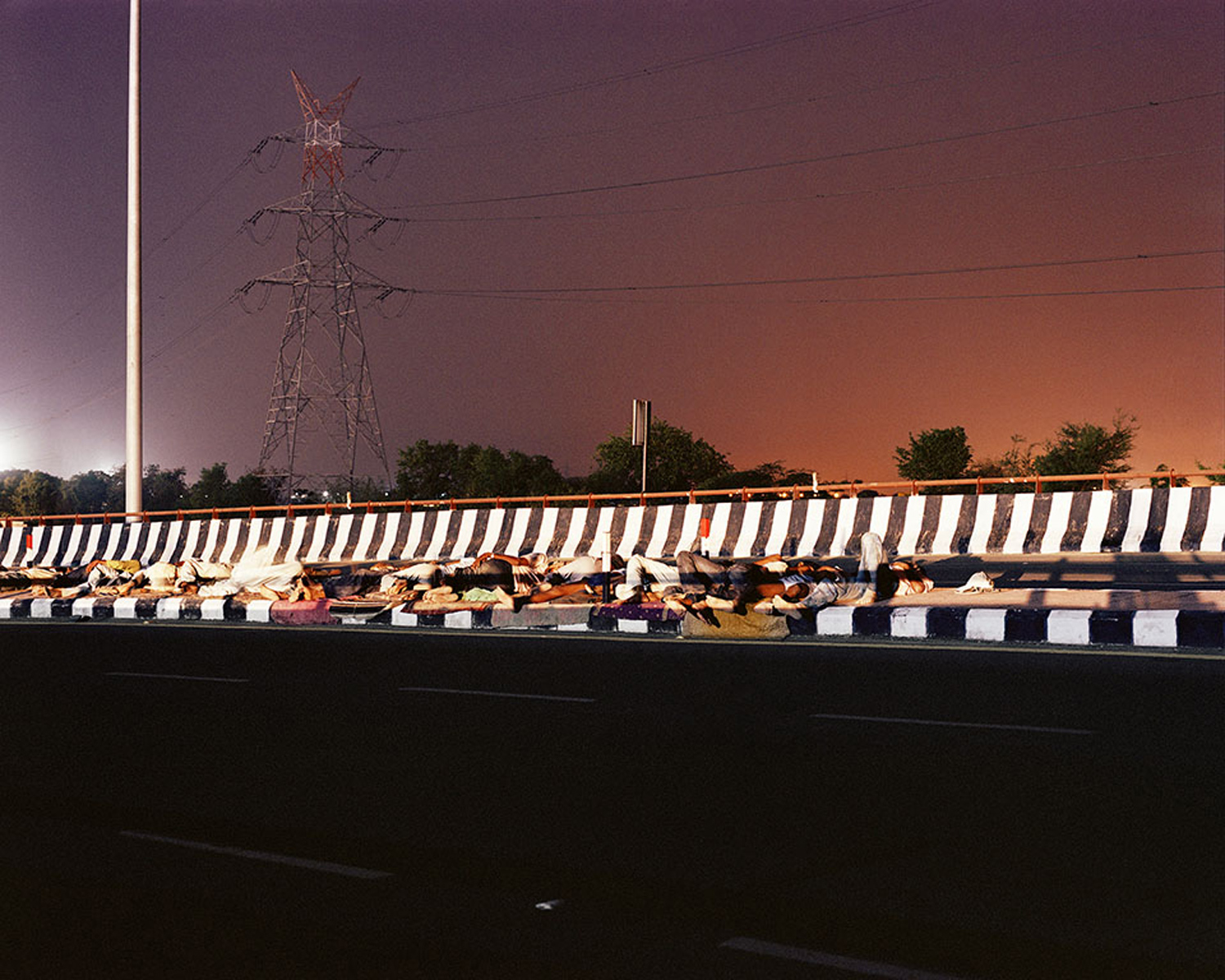
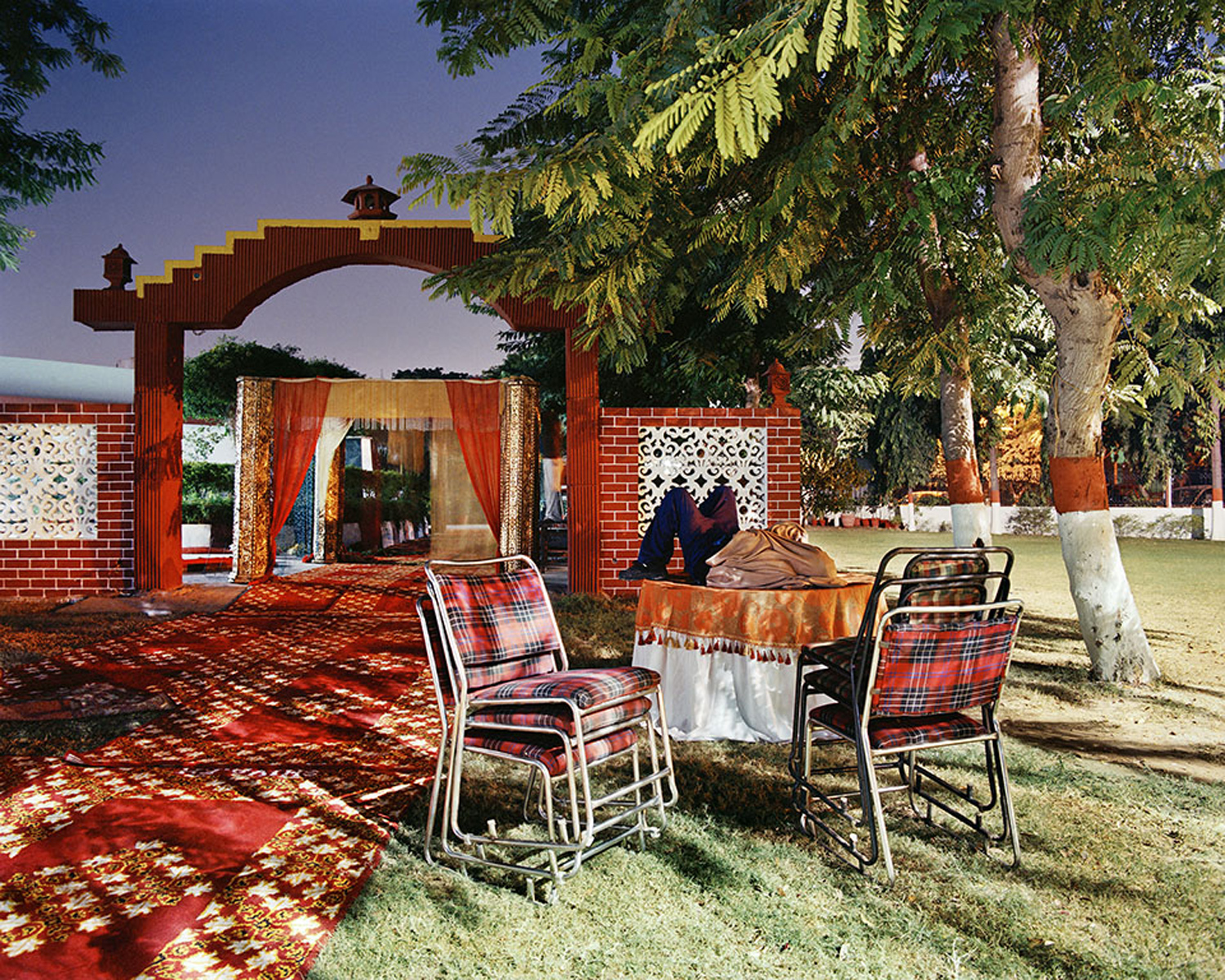
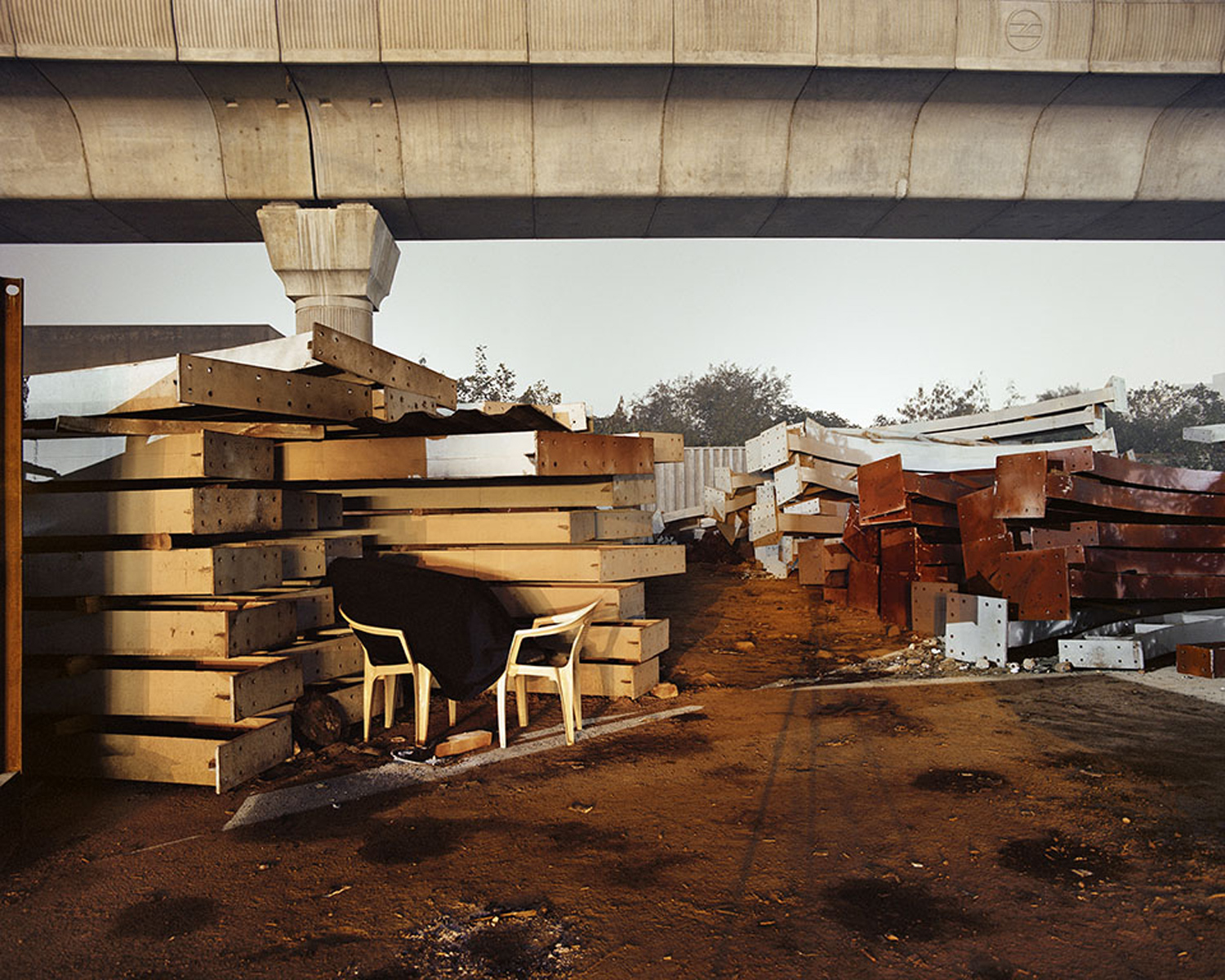
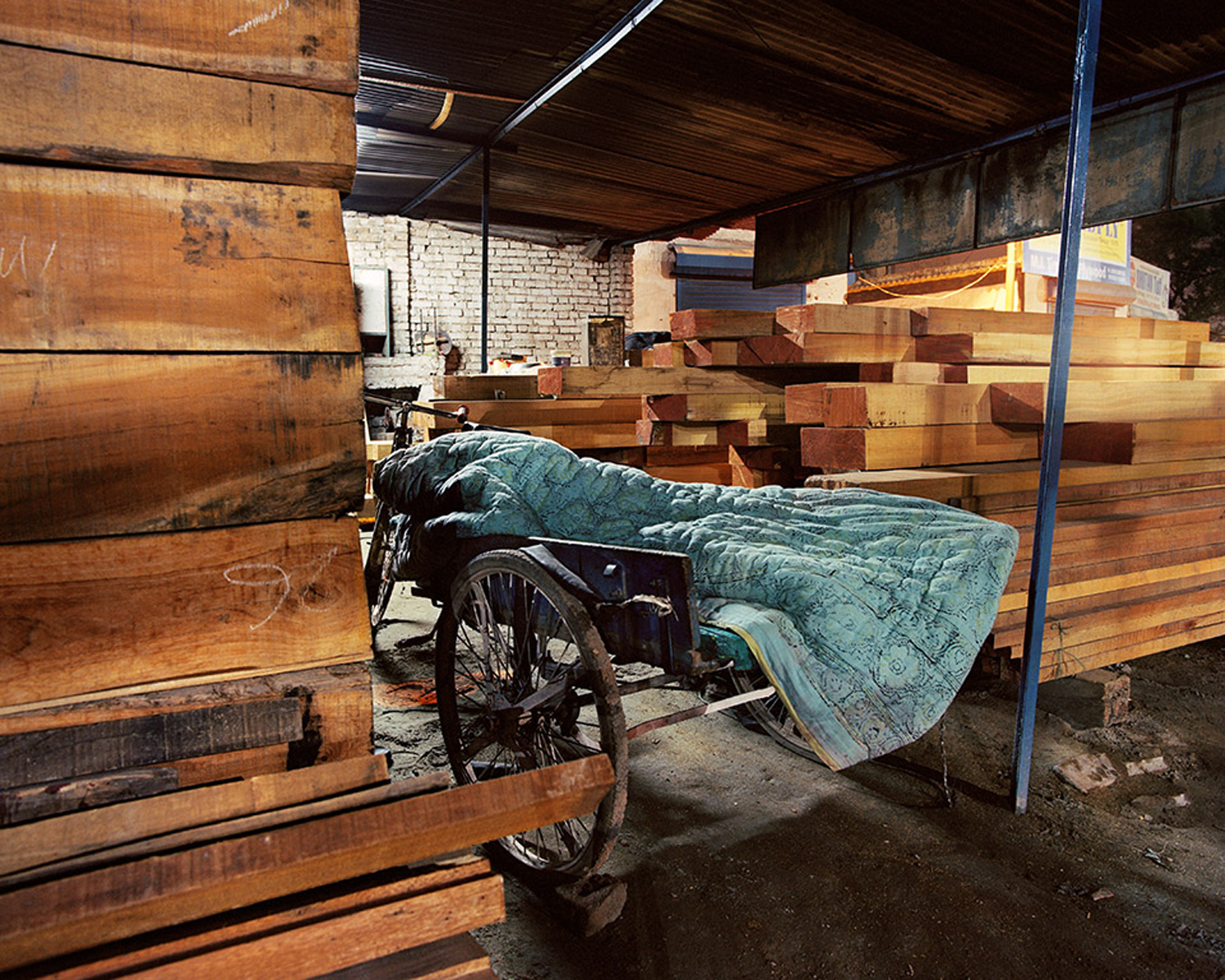
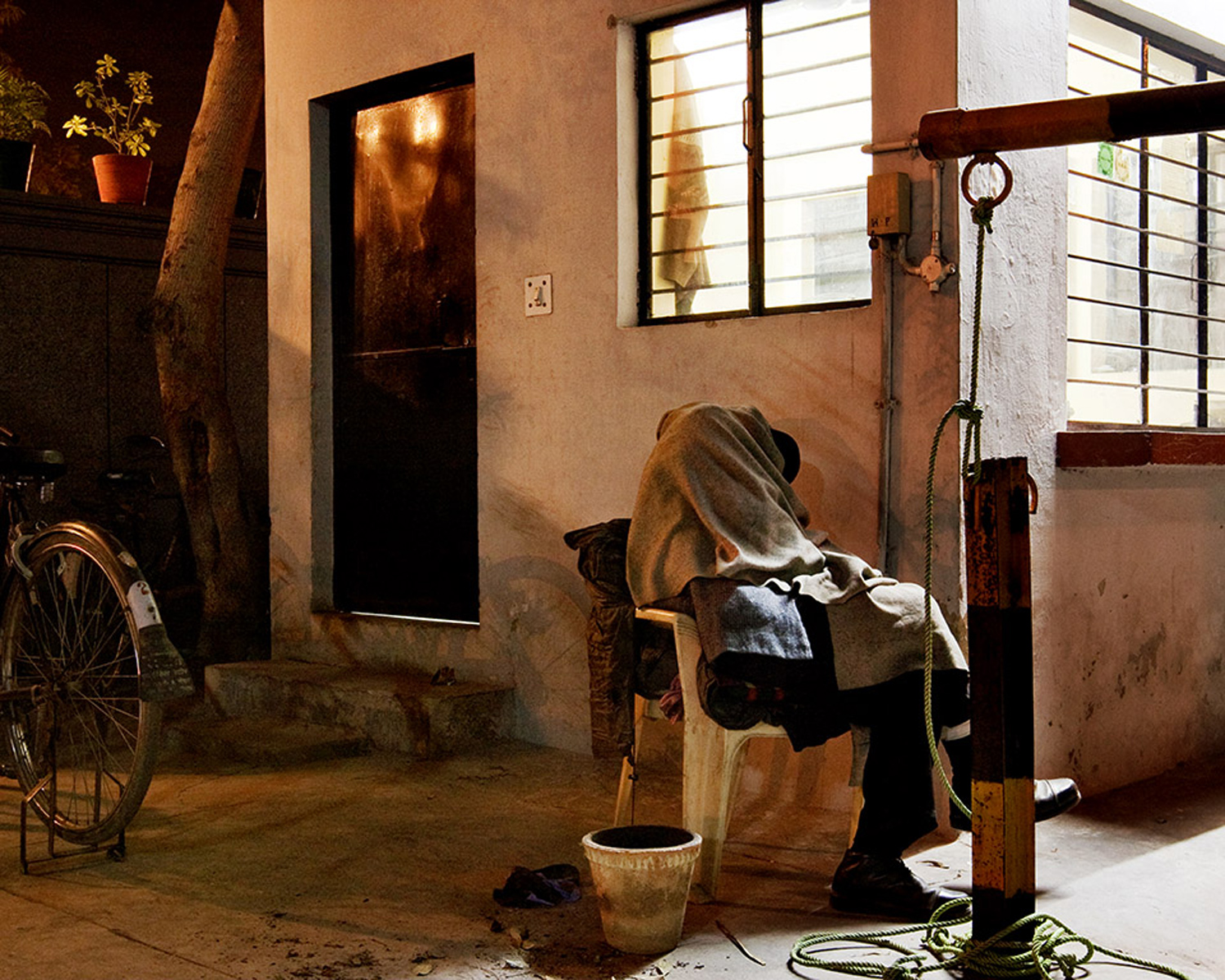
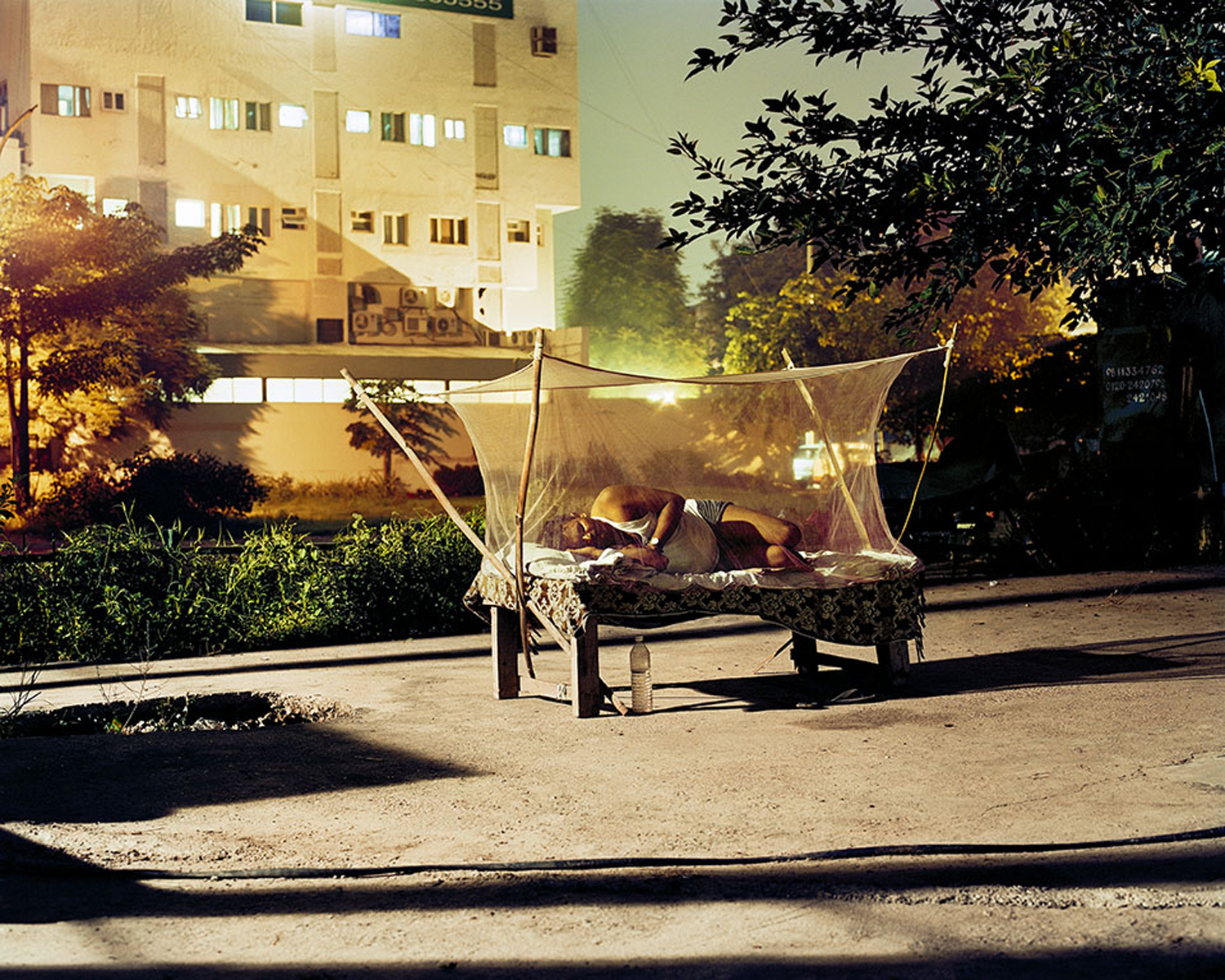
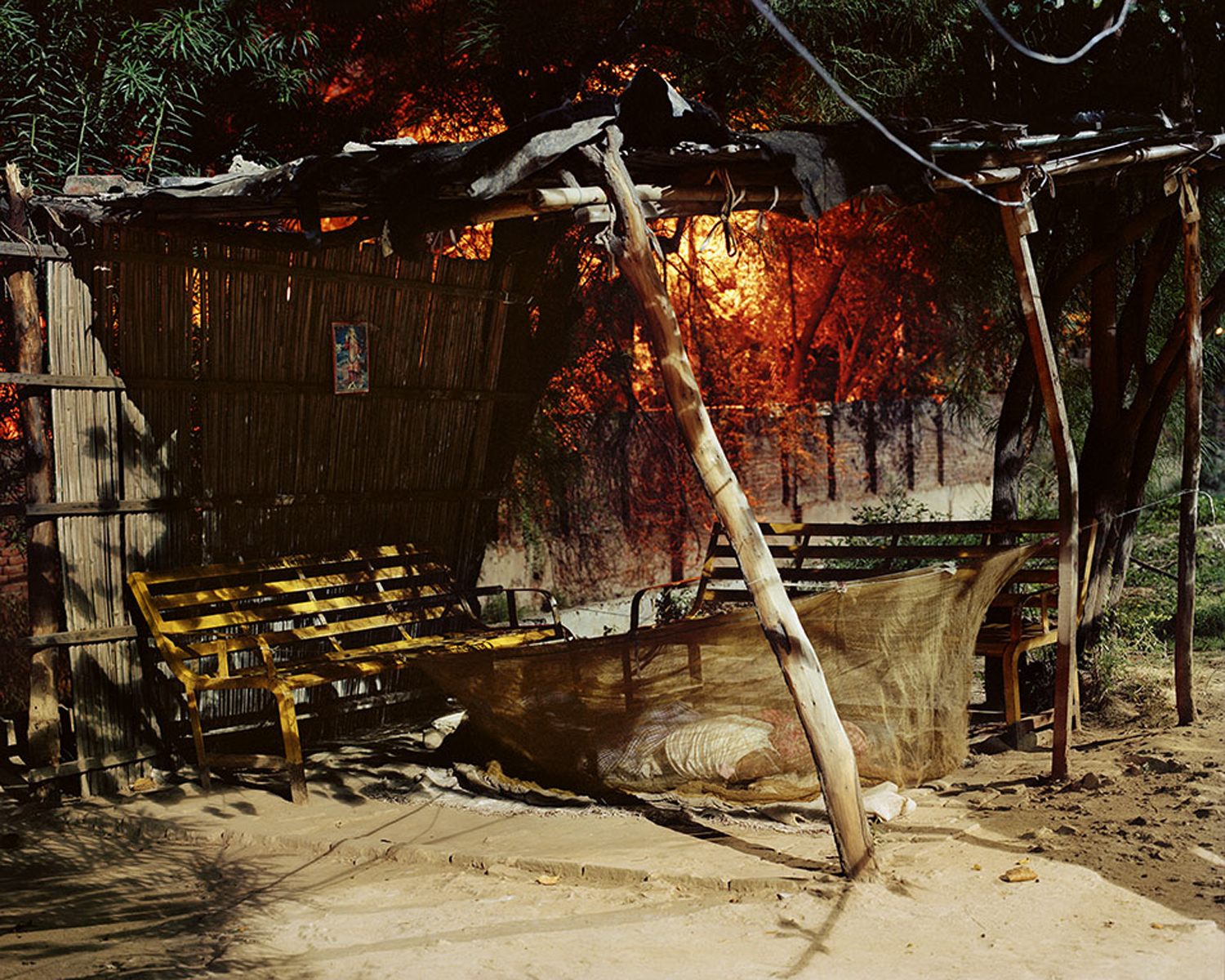
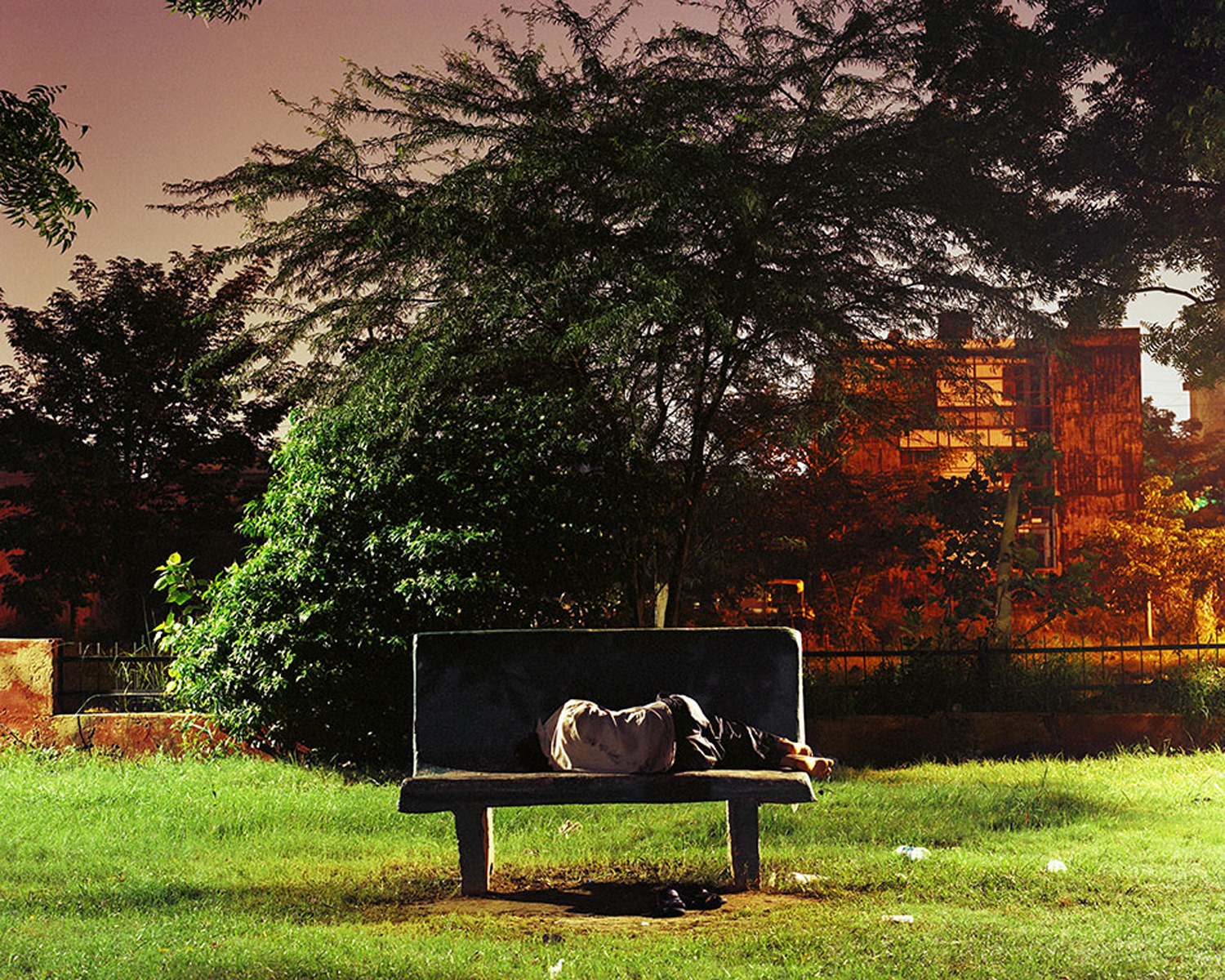
More Must-Reads from TIME
- Donald Trump Is TIME's 2024 Person of the Year
- TIME’s Top 10 Photos of 2024
- Why Gen Z Is Drinking Less
- The Best Movies About Cooking
- Why Is Anxiety Worse at Night?
- A Head-to-Toe Guide to Treating Dry Skin
- Why Street Cats Are Taking Over Urban Neighborhoods
- Column: Jimmy Carter’s Global Legacy Was Moral Clarity
Contact us at letters@time.com